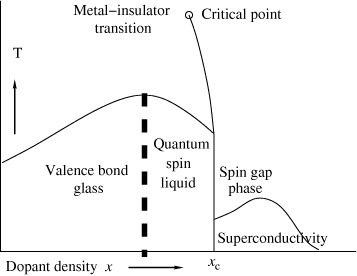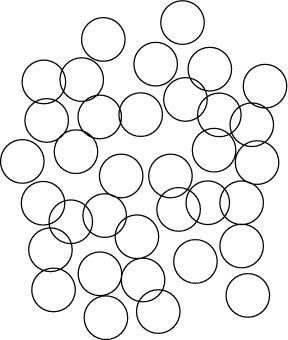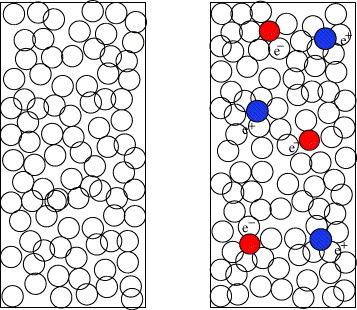Figures & data
Figure 1 A dopant-induced impurity band. Unlike the broad valence or conduction band, the impurity band is a narrow and half-filled, strongly correlated system. It can be either on the conducting or insulating side of the Anderson–Mott transition.

Figure 2 The schematic phase diagram for insulator to metal transition as a function of the dopant density x. For small x we have a valence bond glass, followed by a quantum spin (valence bond) liquid state and a superconducting state. In general, the first-order insulator to metal transition will end in a critical point, whose nature will be strongly influenced by disorder. A spin gap normal state will mark the region near the insulator to metal transition point xc.

Figure 3 In view of the strong quantum fluctuations, the spin 1/2 moments form a valence bond glass or frozen spin singlet bond phase rather than a frozen spin glass order.

Figure 4 The impurity wave functions overlap and become dense and the distribution of nearest neighbour superexchange becomes narrower, leading to a quantum spin liquid or valence bond liquid.

Figure 5 The nominal charge states of the dopant atoms on the insulating and metallic side in the vicinity of the insulator to metal transition. On the insulating side we have no real charge fluctuations; superexchange leads to a neutral spin liquid. On the metallic side long-range interaction manages to self-dope a small and equal density of negative (red, doublon) and positive (blue, holon), even while maintaining the local Mott insulating and spin singlet character everywhere.
